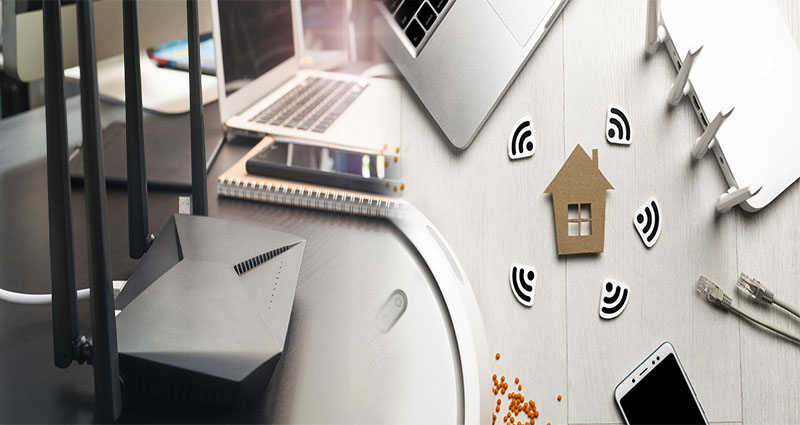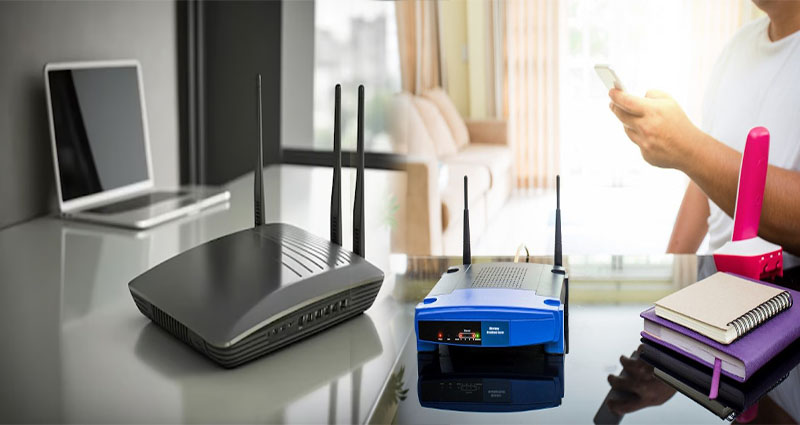Encryption and User Authentication for Data Protection in Wireless NAS for Home
Wireless Network-Attached Storage (NAS) provides a convenient and cost-effective method for storing and sharing digital media files, documents, and other data. However, the wireless transmission of data means that security risks are present, making it essential to protect your wireless NAS with encryption and user authentication.
In this article, we will discuss how encryption and user authentication can enhance data protection on your wireless NAS, ensuring that your data stays safe and secure.
Understanding Encryption
Encryption is the process of converting plain text data into a secret code using encryption algorithms. By encrypting data, it ensures that in the event of unauthorized access, the data cannot be read or deciphered. Encrypted data can only be read by someone who has the necessary decryption key.
When it comes to Wireless NAS, encryption can be applied to transmitted data to ensure that it is secured and cannot be accessed by unauthorized users. … Read More
Implementing Firewalls and Antivirus Software to Protect Against Cyber Threats: Home Network Security
In an increasingly connected world, the security of our home networks has become more critical than ever. With the rise of cyber threats such as malware, ransomware, and phishing attacks, it is essential to implement robust security measures to safeguard our digital lives. Two fundamental components of home network security are firewalls and antivirus software. Let’s explore how implementing these tools can help protect your home network against cyber threats.
Understanding Firewalls
A firewall acts as a barrier between your home network and the internet, monitoring and controlling incoming and outgoing network traffic based on predefined security rules. By analyzing data packets and determining whether to allow or block them, firewalls help prevent unauthorized access to your network and protect your devices from malicious threats.
Benefits of Firewalls:
- Network Protection: Firewalls filter network traffic to prevent unauthorized access and protect against cyber attacks.
- Application Control: Firewalls can monitor
Expandable Solutions to Accommodate Growing Storage Needs in Scalable NAS Storage for Home
In today’s digital age, our storage needs are constantly growing. With the increasing number of files, photos, videos, and applications, it’s essential to have a storage solution that can adapt and expand as our needs evolve. This is where expandable solutions in scalable Network Attached Storage (NAS) for home come into play.
NAS storage provides a centralized location for storing and accessing all your digital content. It allows you to create a personal cloud within your home network, making it convenient to store, share, and access files from multiple devices. Scalable NAS storage takes this concept a step further by offering expandable solutions to accommodate your growing storage needs.
Benefits of Scalable NAS Storage
Before diving into expandable solutions, let’s first explore the benefits of using scalable NAS storage for home:
- Flexibility: Scalable NAS systems offer flexibility by allowing you to start with a small storage capacity and add
Supercharge Your Home Network: Leveraging Gigabit Ethernet and RAID Support for Lightning-Fast Data Transfers in High-Performance NAS
In today’s digital age, where large files, high-definition media, and data-intensive applications are the norm, having a high-performance network-attached storage (NAS) device is essential. Whether you’re a creative professional, a media enthusiast, or simply someone who values fast and reliable data transfers, leveraging Gigabit Ethernet and RAID support in your NAS can supercharge your home network. Let’s explore the benefits and capabilities of these features and how they contribute to lightning-fast data transfers.
Understanding Gigabit Ethernet
Gigabit Ethernet is a networking technology that enables data transfer speeds of up to 1 gigabit per second (Gbps). By providing significantly higher bandwidth than standard Ethernet connections, Gigabit Ethernet can handle the transmission of large files and high volumes of data with ease. Here’s why Gigabit Ethernet is a game-changer for your NAS:
Blazing-Fast Data Transfers
With Gigabit Ethernet, you can experience lightning-fast data transfers within your home network. Whether you’re streaming media, … Read More
Extending Reach and Eliminating Dead Zones: Enhancing Long-Range WiFi Routers for Large Homes
In today’s modern homes, where multiple devices and activities rely on a stable internet connection, having a long-range WiFi router that can cover every corner is crucial. Large homes with multiple floors or thick walls often experience WiFi dead zones, leading to frustrating connection drops and slow speeds. Fortunately, advancements in technology have led to the development of long-range WiFi routers that can extend reach and eliminate those dead zones. Let’s explore the key features and benefits of these routers and how they can enhance connectivity in large homes.
Understanding Long-Range WiFi Routers
Long-range WiFi routers are designed to provide a reliable and expansive wireless coverage area, ensuring a seamless internet experience throughout a large home. These routers utilize advanced technologies and innovative features to enhance signal strength, extend reach, and eliminate dead zones.
Key Features for Extended Reach
Long-range WiFi routers come equipped with several key features that enable … Read More














